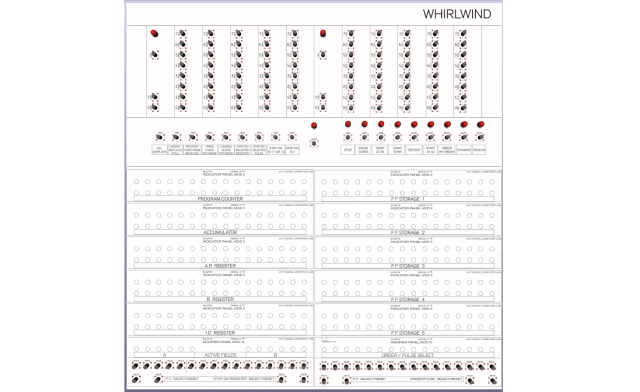
Whirlwind (1945)
The first interactive computer - with a keyboard. But it predates the idea of using an alphanumeric keyboard, making for an exotic experience.
Continue ReadingComputer History Preserved In Fully Functional Time Capsules

The first interactive computer - with a keyboard. But it predates the idea of using an alphanumeric keyboard, making for an exotic experience.
Continue Reading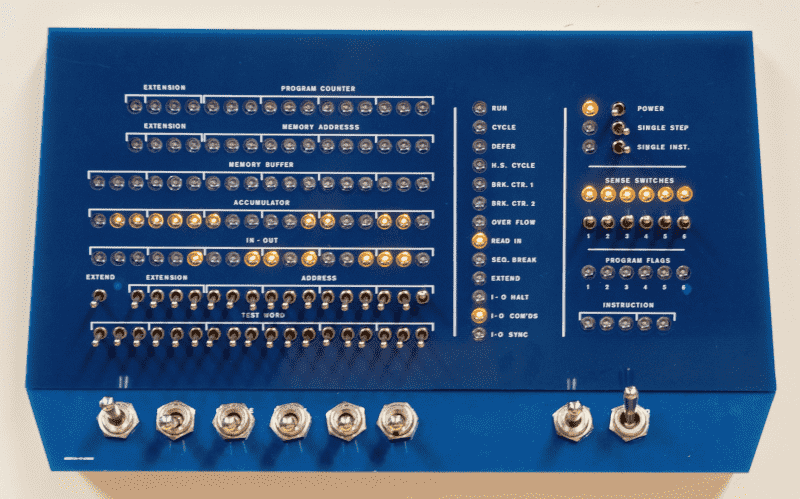
Famous for the MIT hackers that loved it, and the first ever videogame - spacewar. The ultimate early 'democoder' machine.
Continue Reading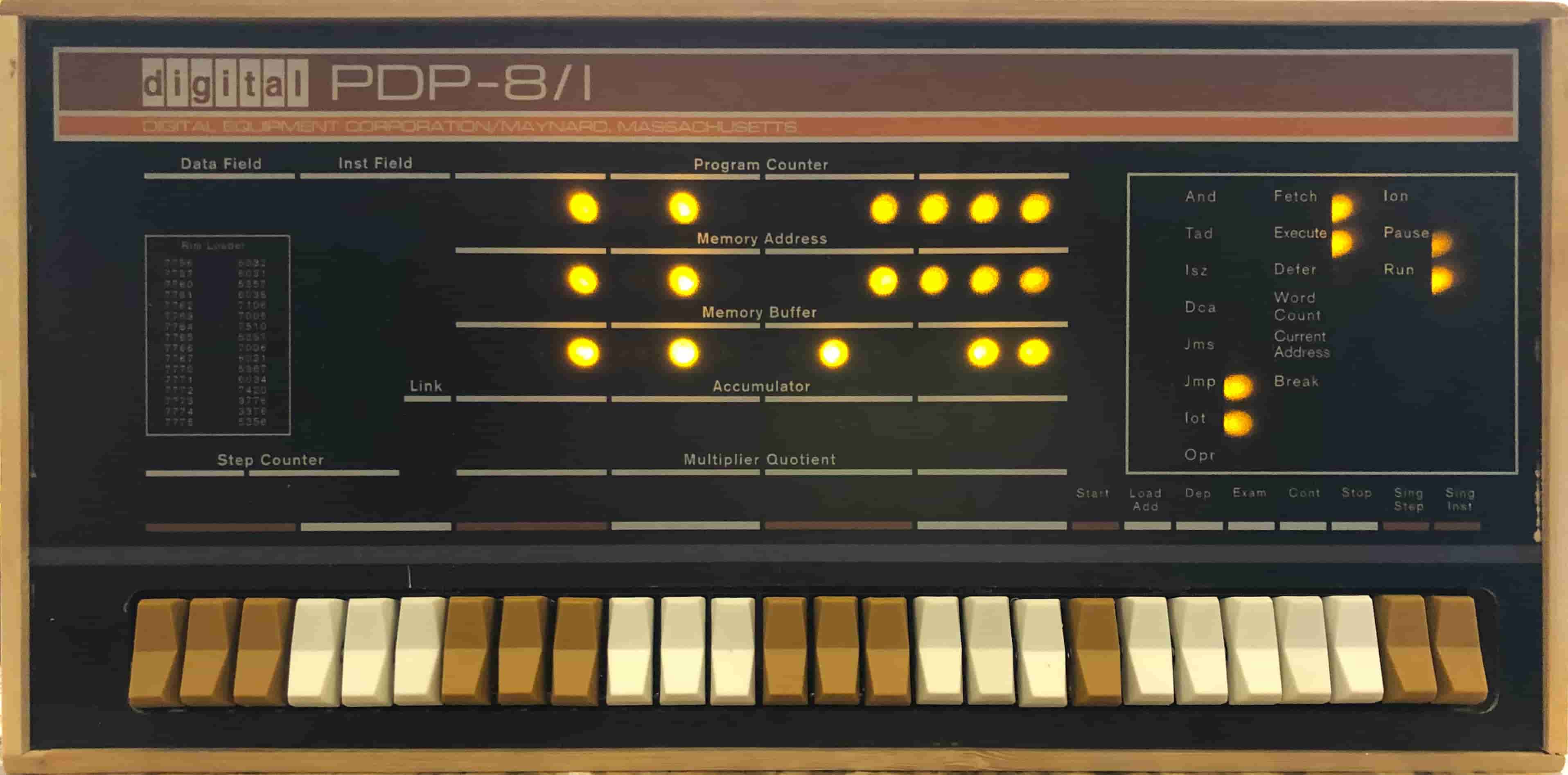
Amazing for its simplicity and the quality of the software written for it. See what created MS-DOS, but also embedded computers.
Continue Reading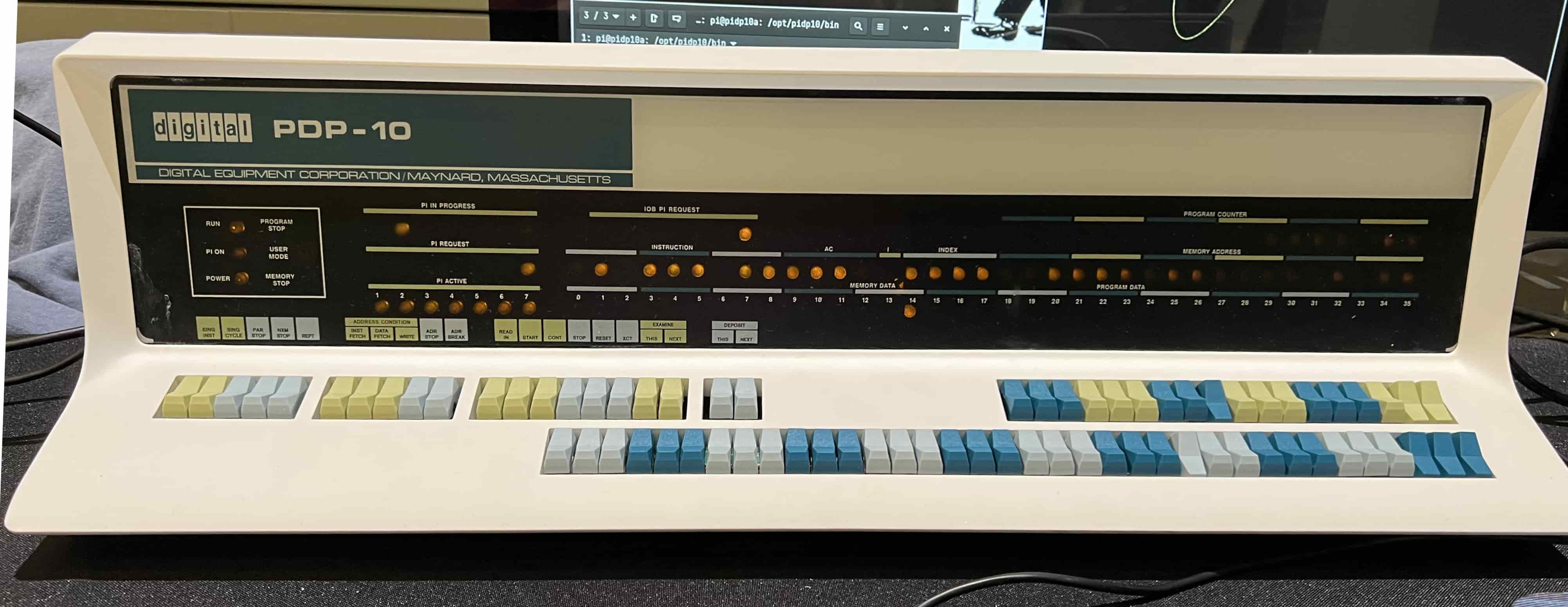
Alien mainframe-class monster and yet so fun running ITS. PDP-10 knowledge is like knowing the ancient Greeks. Without, you miss the Foundation Of GNU.
Continue Reading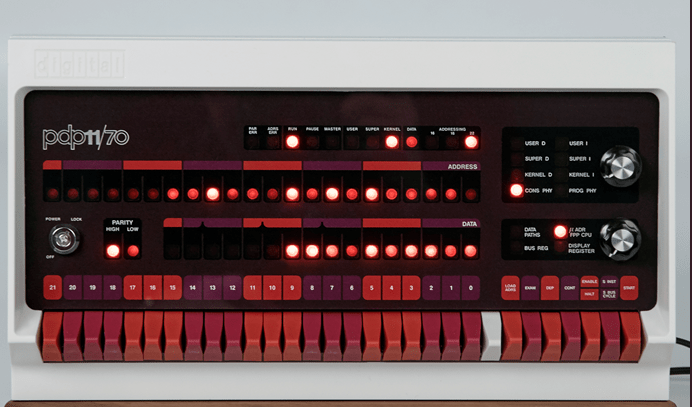
So successful it defined what is normal today. Where Unix grew up; and where Windows NT got its roots (RSX-11). The 11 started it all.
Continue Reading
Digital Equipment Corporation emerged from Project Whirlwind and MIT. For 30 years, it was the undisputed trailblazer of
interactive computing. The strand of computing that led to Windows, Unix, Linux, Android, and microcontrollers in everything.
The replicas contain the work of many people, collecting documentation, recovering ancient software,
developing emulators. That makes it possible now to make replicas with a realistic 'back in the day' user experience.
In other words, although we make these replicas, there is a huge community that we built upon and have to give credit to.
Our goal is to make these replicas affordable and pretty enough to find a place in the living room, so as to spread the capsules far & wide :-)
The chart below is incomplete and oversimplified! It serves only to quickly put our replicas in their historical context. So. Whirlwind begat the PDP-1, which spawned three very
different computer types. The minimalist PDP-8 gave birth to embedded and personal computing leading up to MS-DOS.
The PDP-11 was where unix grew up, spawning workstations and later, anything to do with Linux, Macs, Android. But less well-known is that the developers of its RSX-11 OS
were called in by Microsoft to develop Windows NT, a complete break with the MS-DOS past of personal computers. You can see the roots in RSX-11.
Meanwhile, the glorious, super-powerful PDP-10 architecture went the way of the Dodo.
But that is only true for its type of hardware. Its legacy in computer culture (hacker culture, Open Source) and countless ground-breaking computer science concepts is huge, felt to this day.

So yes, the above is an oversimplification. But gives a quick picture of how our 5 replicas, combined, cover all the strands of computing before the microprocessor era. Except, we give very little respect to the World of Mainframes here. Which is good, righting that wrong will give us plenty of future projects.
Our projects have been scattered all over the internet. This is the overview site with a single sub-page for each replica. The sub-pages then will bundle all the links to various project sites and further information, for those who want to dig deeper.
The scope of our work grew a lot over the years, from making a nice one-off replica to
the ambition of covering all the major steps in computer history. This will be our front page on the web.
Once the 'interactive computer' replica series above is completed, we'll be delving into to the other
strand of computer history: the World of IBM. So we think there will be more and more need to have an entry-level overview of it all.
We're not the only ones doing this. Scroll down further to see recommended replicas from other Makers that we own and enjoy
Recommended from other Makers
We are hardly the only ones making replica 'time capsules'. We don't pretend to give a complete overview, but here are some of them from other Makers that we own and enjoy. Let us know of any other replicas that qualify in the sense of being 'history capsules', and we will add them here for a complete overview. More is better, because more is more.
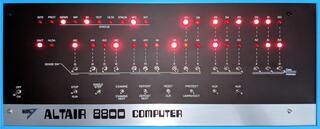
The first commercially available microcomputer.
Continue Reading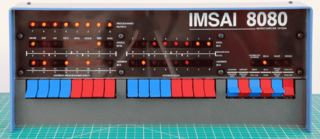
Famous from the War Games movie. The first S-100 clone.
Continue Reading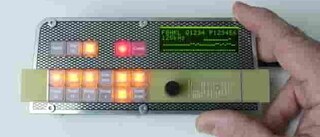
Stan Frankel's 1956 serial, drum-based masterpiece
Continue Reading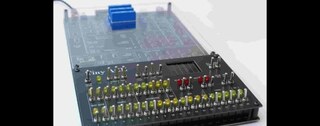
Recreation of Alan Turing's 1946 computer, using delay-line memory
Continue Reading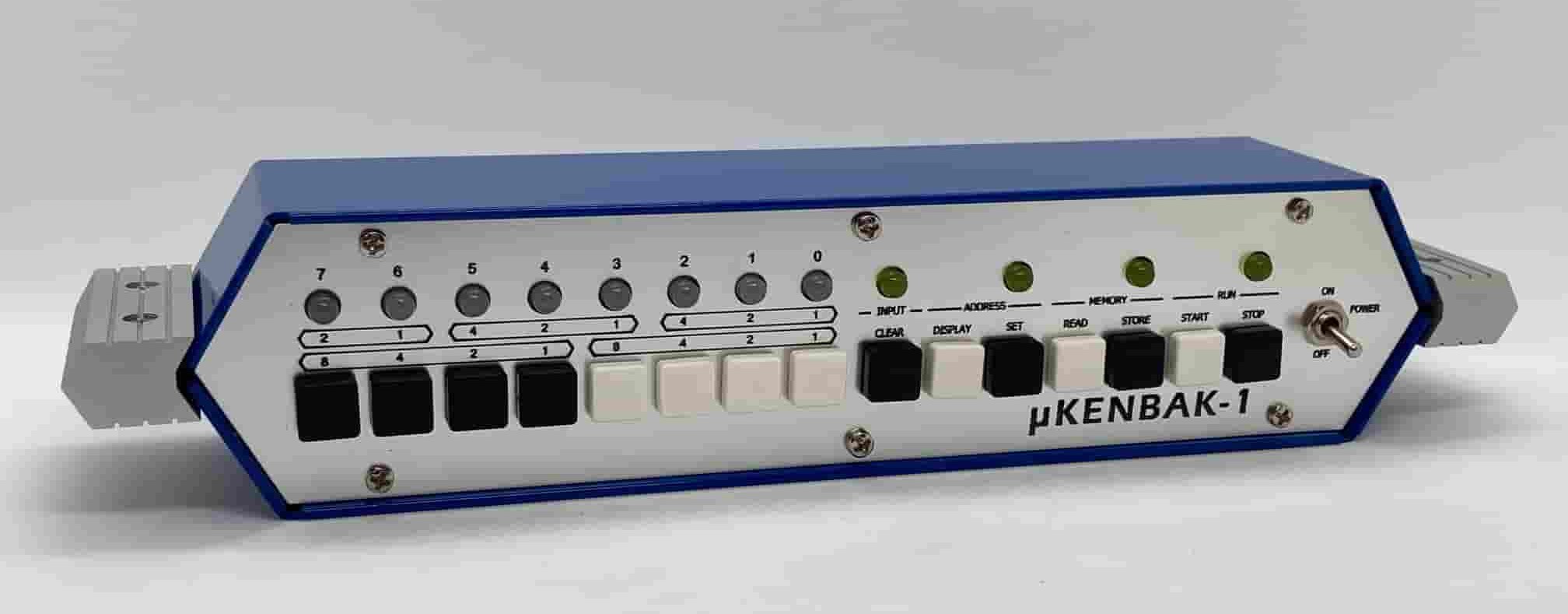
John Blankenbaker's first 'personal computer' - without microprocessor,
Continue Reading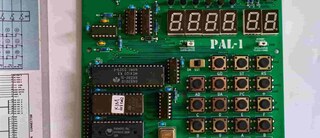
The KIM-1 that introduced the 6502 microprocessor.
Continue Reading